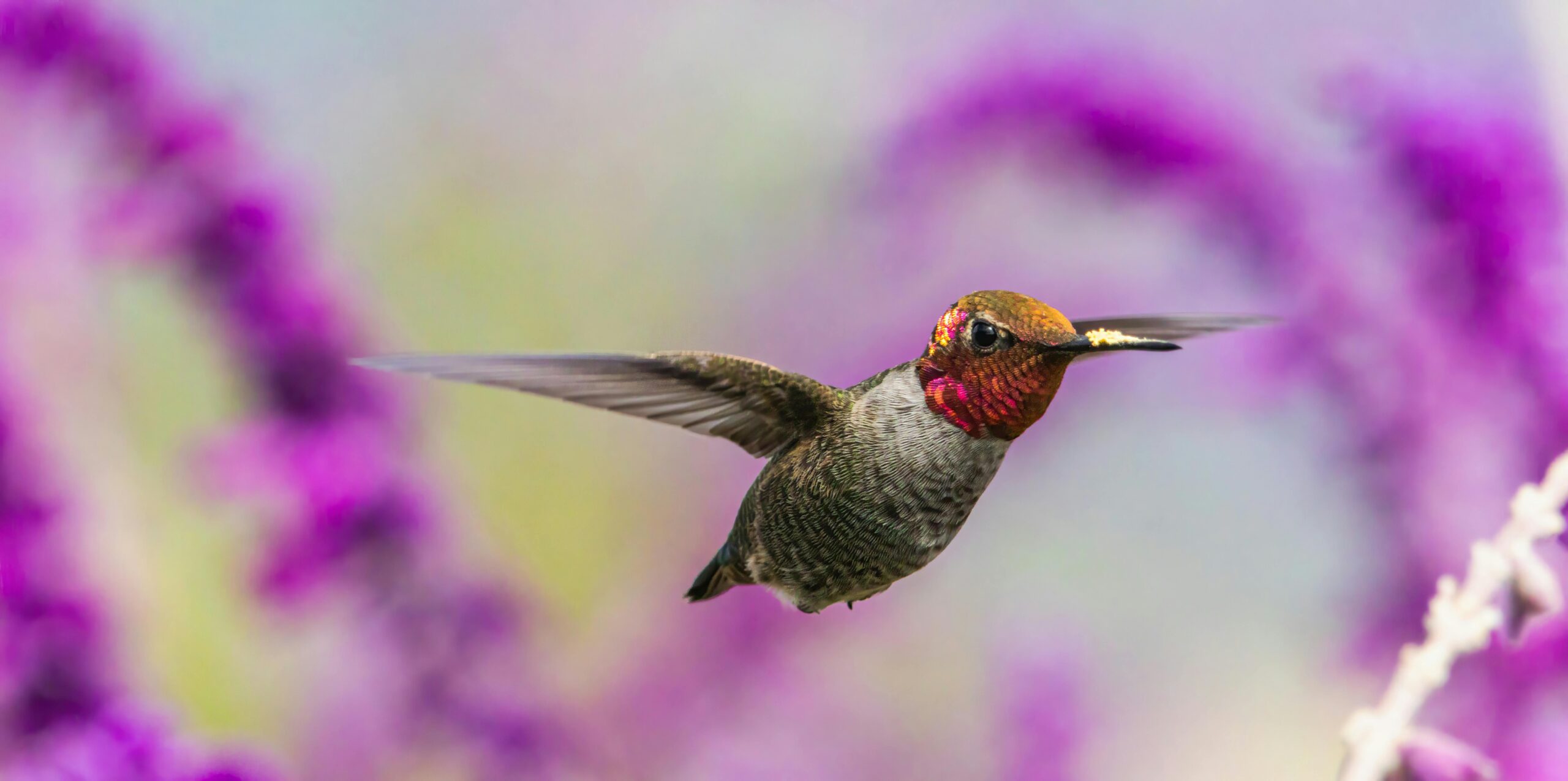Birds of a feather may flock together, but birds of a name may not remain the same. Late last year, the American Ornithological Society (AOS) announced that more than 150 North American birds, among others, are getting new names. Which birds are receiving new monikers, and why the change? Here’s the scoop.
Why the Change in Bird Names?
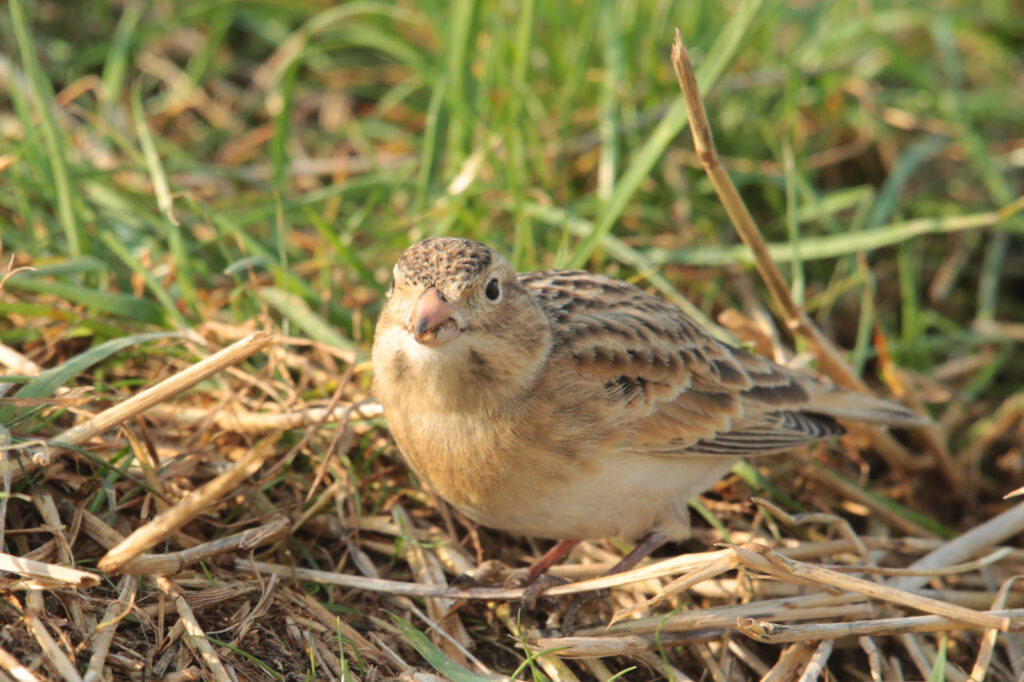
The AOS, the organization responsible for determining both the Latin and English names for North American birds, is making this historic transition for a few reasons. The group of scientists assigned to the ad-hoc committee for this purpose is seriously considering changing the English* names of birds to make birding more accessible and welcoming to all people.
In this effort, the committee is taking a second look at bird names, specifically those referencing certain cultures, races, or controversial historical figures deemed derogatory or offensive in today’s world. The AOS posits that these bird names—many coined in the 19th and 20th century—should be updated to reflect the changing times. AOS president and research wildlife biologist Colleen Handel put it best: “We’ve come to understand that there are certain names that have offensive and derogatory connotations that cause pain to people, and that it is important to change those, to remove those barriers to their participation in the world of birds.”
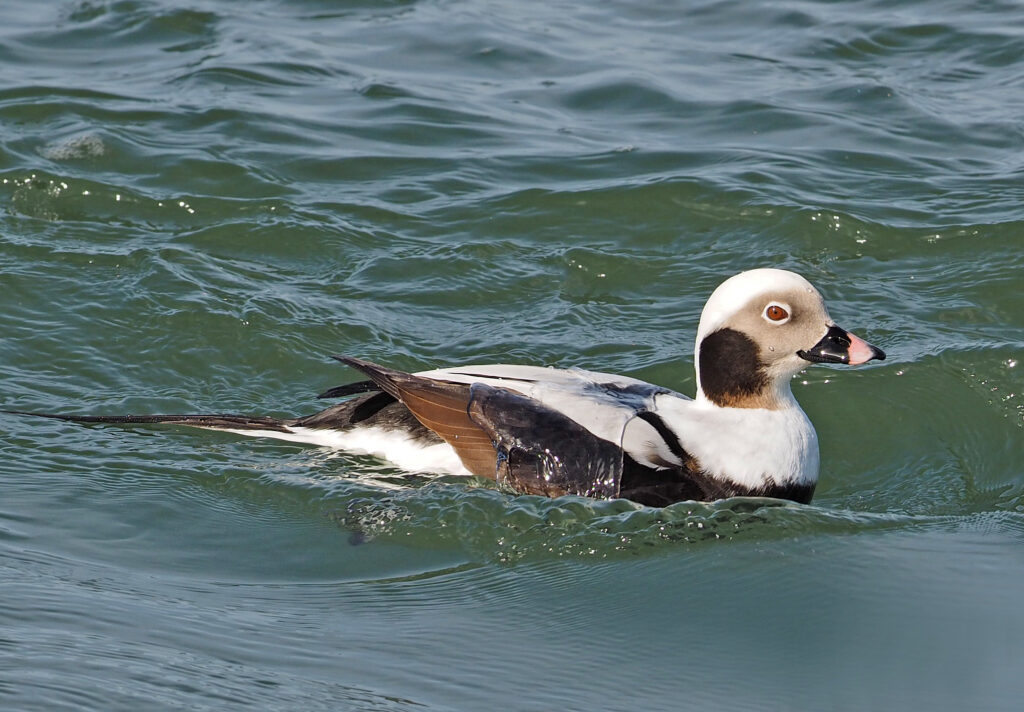
As examples of this refresh, the McCown’s Longspur, originally named after Confederate general John McCown, has been renamed the Thick-billed Longspur. And the Oldsquaw, considered an offensive reference to Native American culture, is now the Long-tailed Duck. As Handel points out: “There is power in a name, and some English bird names have associations with the past that continue to be exclusionary and harmful today.”
The shift also reflects a move the AOS is making, away from naming birds after people and places and towards names that describe the bird’s physical and behavioral attributes. Not only does this avoid giving birds misguidedly honorific and problematic names, but it seeks to celebrate the bird itself, and make it even easier to identify.
*According to AOS, scientific names will not be changed under this initiative, though they are regularly reviewed and updated in response to new scientific research.
Which Birds are Getting New Names?

The AOS will be changing the English names of 152 North American birds, and 111 South American birds, though the primary changes will focus on 70-80 bird species in the US and Canada. Though this process has yet to be completed, we can expect that all birds named after people and places will be renamed; this includes the Stellar’s Jay, Anna’s Hummingbird, and Cooper’s Hawk, and many others. Birds with descriptive titles, like the Red-breasted Nuthatch, Pinyon Jay, and Spotted Sandpiper, will remain the same. According to an AOS committee member, the focus was on establishing a renaming process that is ”going to be best for the long term—best for ornithology, best for ornithologists, and best for the birds.”
When Will This Renaming Process Occur?
Started in November 2023, this renaming process is expected to continue for several months, which may mean it won’t be completed until later this year, or possibly next. The AOS doesn’t provide a specific timeline, though they will reach out to the public for help choosing new names. They also plan to publish updated bird name lists periodically as they work. To learn more about this process, and how you can be a part of it, visit the AOS website.
How Will New Bird Names Affect Birding?
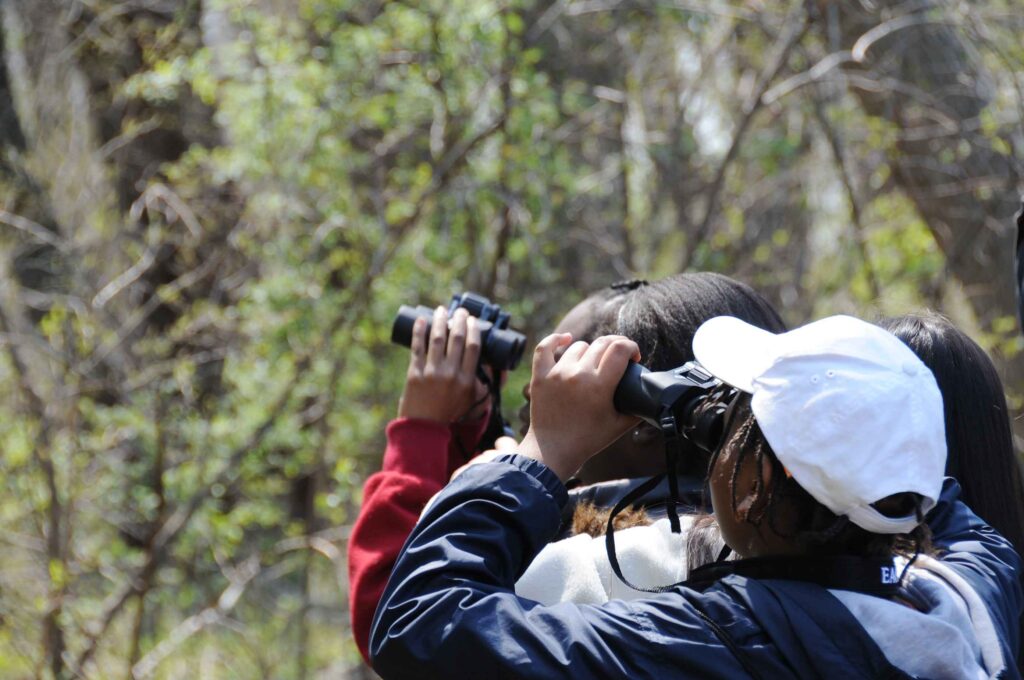
AOS president Handel said it best: “Everyone who loves and cares about birds should be able to enjoy and study them freely—and birds need our help now more than ever.” Getting rid of offensive names that could be barriers to birdwatching for some opens the way for more to get involved. Not only does this change make the birding community more inclusive, but it encourages beginner birders to join forces with the community at a time when birds most need our help.
According to a recent study in the journal Science, we’ve lost nearly three billion birds since 1970 in North America alone. And in the latest edition of State of the World’s Birds, the report shows that almost half of our world’s bird species are in decline, and 1 in 8 are facing extinction. Now is the time for scientists and citizen scientists to pool their resources in an effort to better understand, and protect, the birds around us. Coming up with a lexicon of bird names that show respect to all is one step in the right direction, fostering a better sense of community for us and our wildlife.
How can you help the birds?
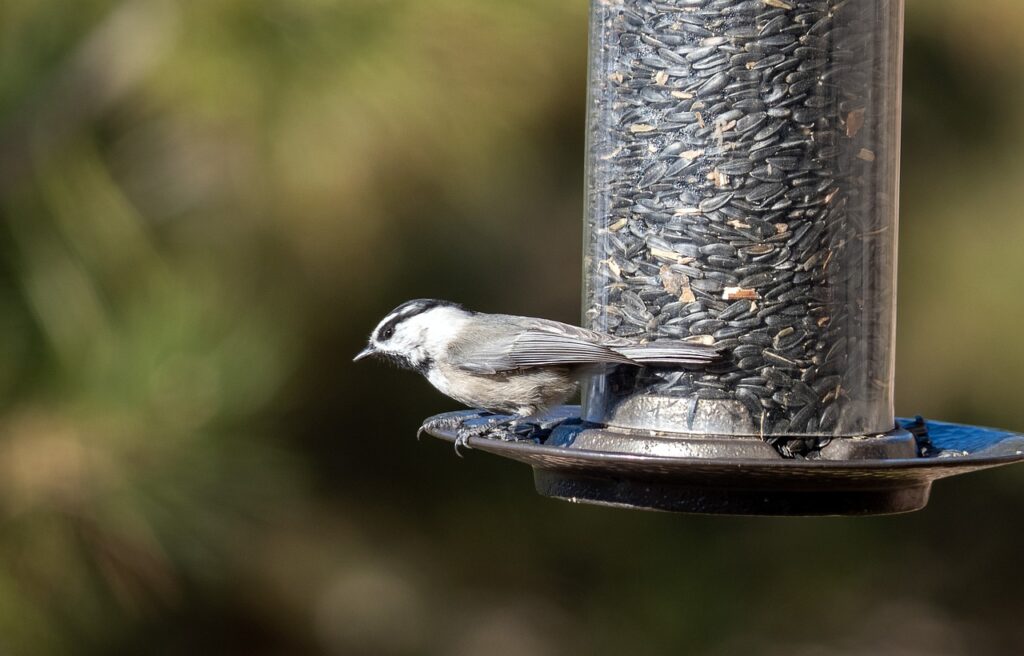
Three billion birds are too many to lose—and we risk losing many more if we don’t start making some changes. What can you do in your daily life to help the birds, your community, and the environment?
- Feed the birds.
- Plant a native garden.
- Stop using pesticides.
- Shop locally.
- Follow sustainable practices.
- Teach your kids how to be good earth stewards.
- Eliminate or reduce plastic usage.
- Drink bird-friendly coffee.
Learn More About Birds with Chirp
Chirp Bird Walks are open to everyone, and are excellent opportunities to meet fellow nature enthusiasts and learn more about the birds around us. Check out our upcoming events schedule, and visit us at the Chirp store in Big Bear Lake.
Photo credits: Thick-billed Longspur courtesy of Flickr. Long-tailed Duck courtesy of Flickr.

